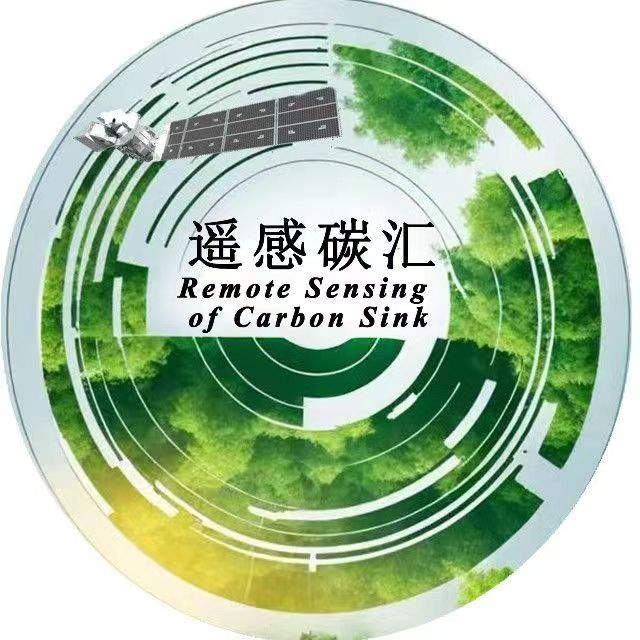Introduction to the Remote Sensing and Geographic Information System (GIS) course
Course Title: Remote Sensing and Geographic Information Systems
Course Leader: Zhang Jialong
Course honors: The second batch of first-class undergraduate courses in Yunnan Province, offline first-class courses (April 2023)
Course Objectives:
The course aims to train students to master the basic theories, methods and application skills of remote sensing technology and geographic information system (GIS). Through the study, students will have the ability to complete the whole process from data acquisition, image processing, information extraction to data analysis, and be able to independently complete data analysis and application in remote sensing and GIS projects.
Course content
This course covers the following main topics:
- Fundamentals of Remote Sensing: This section introduces the basic concepts, principles, and techniques of remote sensing, including electromagnetic spectrum, imaging principles, and sensor types and characteristics.
- Remote sensing image processing: teaching image preprocessing (such as radiometric correction, atmospheric correction, geometric correction, etc.), data enhancement and classification, image fusion and multi-source data integration.
- Fundamentals of GIS: Explain the basic concepts of GIS, data structures (vectors and rasters), spatial database management, spatial analysis and visualization and other technologies.
- Integrated application of remote sensing and GIS: Practical cases of combining remote sensing and GIS technology in the fields of ecological environment monitoring, land use change analysis, disaster assessment and prevention and control, and urban planning.
- Project practice: Through practical projects, students will exercise their complete skills from data acquisition, processing to analysis, especially the use of ArcGIS, ENVI and other software for practical training.
Teaching Methods and Characteristics
The course adopts a combination of theoretical teaching and practical operation, focusing on cultivating students’ hands-on ability and ability to solve practical problems. Specific features include:
Case-driven teaching: Explain the application of remote sensing and GIS technology in various fields through real cases, so that students can understand the course content more intuitively.
Group Project Practice: Students work in groups to complete data collection and analysis projects to enhance teamwork skills and deepen their knowledge mastery.
Application of the latest software and technology: Mainstream remote sensing and GIS tools such as ArcGIS, ENVI, and Google Earth Engine are widely used in teaching, and the application of the latest deep learning and machine learning algorithms in remote sensing data analysis is introduced.
Innovation & Results
As a first-class offline course in Yunnan Province, the course “Remote Sensing and Geographic Information System” has the following innovations:
Multidisciplinary: The course covers computer science, environmental science, geography and other multidisciplinary knowledge, helping students form comprehensive geographic information and remote sensing application skills.
Combination of scientific research and teaching: Professor Zhang Jialong, the course leader, and his team apply scientific research results and cutting-edge technologies to teaching, and encourage students to participate in practical scientific research projects, so that students can be exposed to the latest progress in the field of remote sensing and GIS at the undergraduate level.
Cultivation of international vision: The course introduces classic literature and the latest research results at home and abroad to broaden students’ horizons and encourage them to understand the international frontiers in the field of remote sensing and GIS.
Student feedback and evaluation
In the course, students have gained a wealth of skills and practical experience through participating in projects and practices, which generally reflects that the course is rich in content and well-structured, and has significantly helped to cultivate their analytical and application skills. The course also received high praise from students in their evaluations.
Future developments
In the future, the course team will continue to optimize the course content, combine virtual simulation technology and online resources to improve the interactivity and practicality of the course, and plan to explore more applications of remote sensing and GIS in ecological protection and resource management, so as to promote the development of first-class courses to a higher level.
This provides a more comprehensive picture of the value and benefits of the course. Hope you find these helpful!
